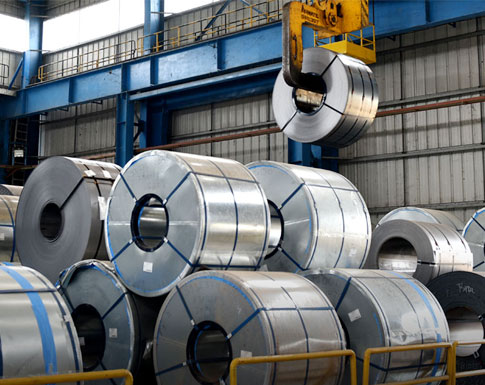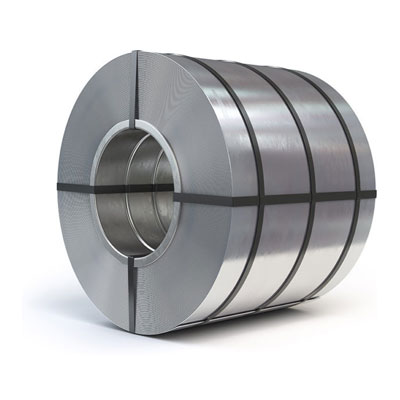Steel Cold Rolled Coils
Commercial metalworking uses a process known as rolling, and just like sounds, the process features metal stocks passing through heavy rollers in order to reduce material thickness to create a uniform density throughout. Rolling requires chemical and dimensional requirements be met, and there are many grades of rolled steel. Most are created from sheet metal first crafted from billets of the appropriate quality and composition. It can be rolled into tubing, rounded bars, flat bars, channels, beams, angles, expanded metal, plates, pipes and tubes of all sizes. Mesh sheets and sheet metals are also the more common ways of purchasing steel hot rolled coils.


Rolling is classified by the temperatures of the metal stocks processed, and when the metal is held at temperatures below recrystallization it is classified as cold rolled metal. Alternately, metals rolled at temperatures above recrystallization of certain components, are described as hot rolled metal.
Steel cold rolled coils are put to use in a range of global industries. It is noted for having a lower carbon content and it is softer than hot rolled steel. It is most often used when surface condition, straightness, concentricity and tolerances are the key factors of concern. This process offers greater thickness and flatness tolerances, press formability and surface finish. It is required to conform with a range of specifications, with the most common including:
- ASTM A1008 CS/DS/DDS/EDDS/SS/HSLAS/DR/BH
- ASTM A568 General
- ASTM A606
- ASTM A794 CS Carbon (0.16 – 0.25%)
- SAE J1392 HSLAS/SS
- SAE J2329 CS/DS/DDS/EDDS
- JIS G3141
- JIS G3135
- JIS G3125
- JIS G3133
Standard measurements are used for thicknesses range from 0.015 to .135 inches. Gauges will vary with inner diameters of the coils at 24″. There are also designations and carbon grades for most steel cold rolled coils. These will include:
- Commercial Steel (CS Type B) Base – Used for moderate forming and can be bent on itself without cracking.
- Drawing Steel (DS Type B) – Created by adding aluminium to molten steel, it is ideal for drawing applications.
- Extra Deep Drawing Steel (EDDS) – Created by adding niobium or titanium and using vacuum degassing. These are perfect for drawability.
- Fxtra Deep Drawing Steel Plus (EDDS+) – Same as EDDS and are interstitial free or I-F
The steel cold rolled coils will also have to meet ASTM specific properties. These include:
- Grades 25, 30, 33 Types 1 & 2, 40 Types 1 & 2, 80 Full Hard only
- High Strength Low Alloy Grades (HSLA)
- Grade 40/SAE J1392 040 XLK or 040 YLK
- Grade 45 CL 1/ SAE J1392 045 YLK
- Grade 45 CL 2/ SAE J1392 045 XLK
- Grade 50 CL 1/ SAE J1392 050 YLK
- Grade 50 CL 2/ SAE J1392 050 XLK
Cold rolled steel appears in appliances, exposed and concealed areas of vehicles, plumbing fixtures, shelving, doors, furnishings, tubing, construction materials, toolboxes and much more. It has to be available in the right finishes – including paintable surfaces, and so on. This only comes from a buyer having total control over the specifications and a supplier being able to meet these demands.
Historically, cold rolled steel is used in a diversity of applications and ensure traders have much better control over the outcome of their various processes. Mills can deliver thicknesses, shapes, widths and surface finishes as need, but it is important to obtain cold rolled stocks from the finest traders possible. We have all of the standard sizes and grades available and its steel cold rolled coils are produce in the very best mills in the European Union and Asia.